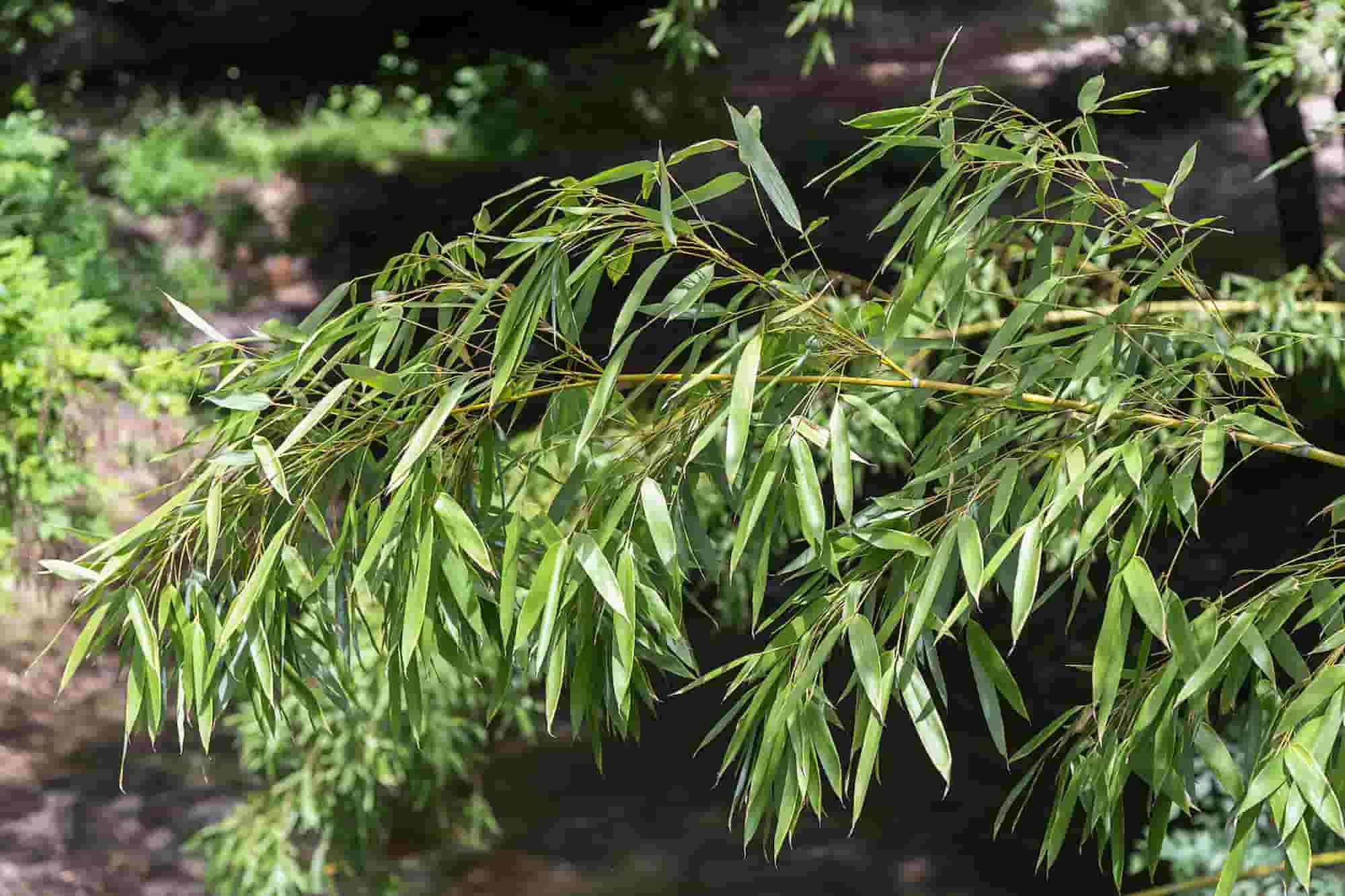
Bamboo diseases and pests
All our tips to recognise and naturally deal with bamboo pests
Contents
Bamboos are loved for a thousand and one reasons. For their slightly Japanese appearance, their colourful culms, their graphic foliage, their swaying with the slightest breeze, their rapid growth, their hardiness… but also for their robustness whether planted as a privacy or windbreak hedge, as groundcover, or standing alone in a lawn or in a pot on the terrace. Overall, bamboo, running like Phyllostachys, or non-invasive like Fargesia, are not particularly prone to diseases and other parasitic issues. However, in certain configurations, often related to growing conditions, they may show signs of diseases or attacks from destructive insects. We explain everything, from identifying these diseases to natural treatments.
Bamboo aphids
Description
They are not always visible, but they are often inferred from the sticky leaves. Unloved in the garden, they are generally harmless and will not kill the plants. The same applies to bamboo, which can be infested by three species of aphids: melanaphis bambusae, takecallis arundicolens, and takecallis arundinaria.
These three small hemipterans feed on the sap of the leaves and excrete what they do not digest: this is the honeydew, recognised by its sticky texture. Moreover, their saliva irritates the leaves, causing them to crisp.
Symptoms
In addition to their sticky appearance, bamboo leaves become deformed and discoloured, and may even fall off. Some tend to crisp. During more severe infestations, they can become covered in sooty mould, a fungal disease that forms a blackish deposit, hindering photosynthesis.
Prevention
- The arrival of aphids is often due to the vigorous growth of bamboo, which creates an imbalance in the composition of the sap. Therefore, avoid adding fertilisers.
- A balanced garden where biodiversity thrives is the best prevention against aphids. Around your bamboo, plant vegetation that shelters larvae of beneficial insects such as ladybirds, the sworn enemies of aphids, as well as hoverflies or lacewings. Also, install birdhouses and shelters for earwigs.
Natural treatments
- Black soap: dilute 5 tablespoons in a litre of warm water. Spray on both sides of the leaves in the morning once the mixture has cooled. Repeat if necessary.
- A plant-based pyrethrum insecticide if black soap is ineffective.
Read also
Bamboo: a successful planting in 4 stepsMealybugs
Description
It is a piercing-sucking insect from the order Hemiptera that infests foliage as well as the culms. They mainly develop in warm and humid places. They feed on the sap of plants, also producing a type of honeydew that can kill bamboo.
Symptoms
The first sign of an infestation of mealybugs is a whitish, slightly cottony mass that forms on the bamboo, often at the junctions between the culms and the leaves. Like aphids, their honeydew also sticks to the leaves.
The leaves yellow prematurely. They also become covered in sooty mould.
Prevention
- Carefully observe your bamboos
- Do not plant the bamboos too closely together
- Encourage the presence of beneficial insects such as lacewings, soldier bugs, ladybirds, or even tits.
Natural treatments
- If the infestation is not too severe, wash the infested leaves with a jet of water or wipe them with a cloth soaked in 90° alcohol, then rinse thoroughly with water.
- Spray a solution made from rapeseed oil, black soap, and 90° alcohol at a rate of one teaspoon of each diluted in a litre of water.
Discover other Bamboos
View all →Available in 2 sizes
Available in 3 sizes
Available in 3 sizes
Available in 1 sizes
Available in 3 sizes
Available in 2 sizes
Available in 1 sizes
Available in 2 sizes
Available in 1 sizes
Available in 1 sizes
Red spider mites
These are mites that thrive in warm periods, often in soils rich in nitrogenous fertilisers. They are invisible to the naked eye and particularly enjoy potted bamboos, from which they suck the sap using their rostrate mouthparts.
Symptoms
As they are rarely seen, the first symptoms allow for their detection and identification. These tiny mites leave silk threads on the leaves. Subsequently, white spots appear on the leaves, which eventually fall off.
Prevention
- Stop or limit the application of nitrogenous fertilisers
- Water the leaves of the bamboo with non-limestone, cool water
- Mulch the base of your bamboo to maintain some humidity
Natural treatments
- Mix 20 drops of rosemary essential oil with a teaspoon of black soap and 5 ml of rapeseed oil in one litre of water. Spray every two days for a week.
- Soak two garlic pods in one litre of water for 24 hours and spray.
Read also
6 bamboos to grow in potsSchizotetranychus celarius
Description
This is the bamboo mite, also known as the bamboo spider mite. It originates from North America but can be found here on imported bamboos. It thrives under the leaves, where it sucks the sap, in dry and warm conditions.
Symptoms
Pale, rather yellowish spots appear on the upper side of the leaves.
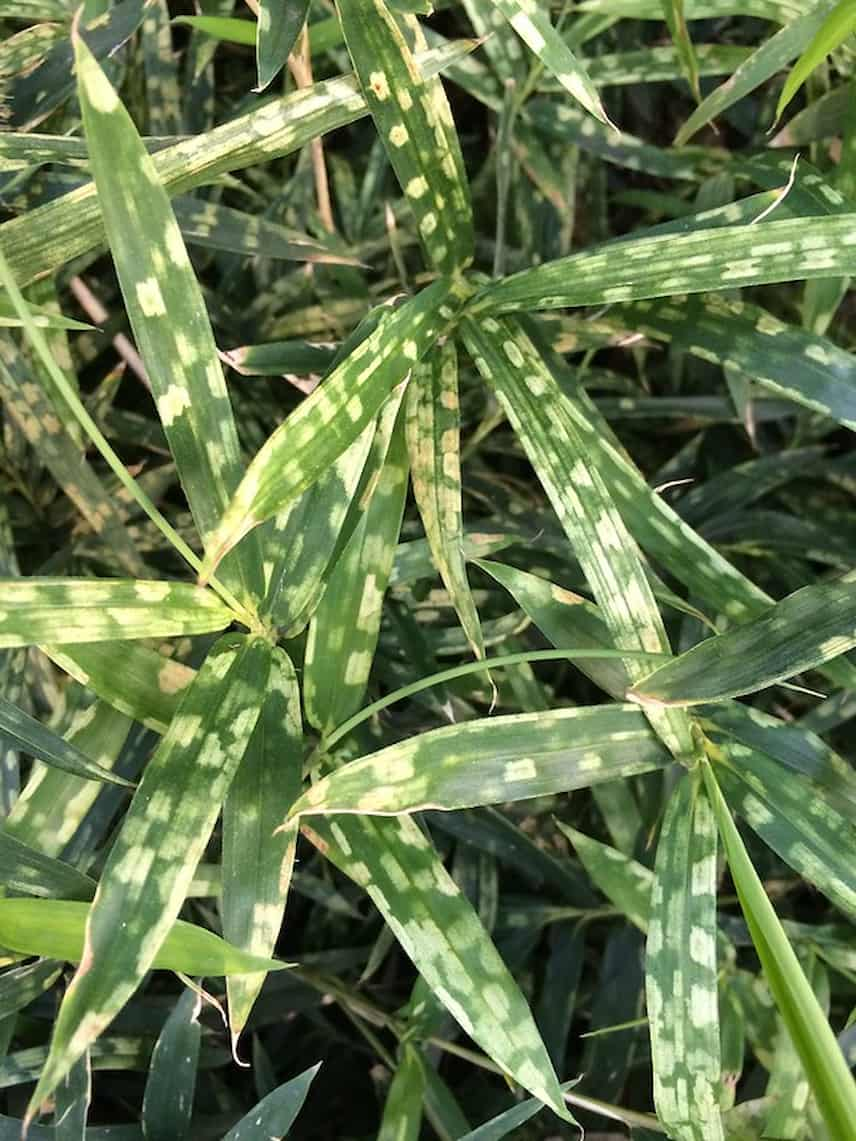
Bamboo leaves affected by the mite Schizotetranychus celarius
Natural treatments
- Spraying fresh water on the leaves will be fatal for these mites that prefer heat and dryness.
- Use a mixture of rosemary essential oil, black soap, and rapeseed oil, which is effective against red spider mites.
Other reasons
Some animals are also fond of bamboos, sometimes causing irreparable damage. Thus, rabbits are very fond of young bamboo shoots, just like slugs that delight in the turions. The bank voles tend to attack the tender rhizomes and dig tunnels around their root system. Bamboos cannot withstand this. Repellents are the most effective, such as certain plants like catnip, lavender, wormwood, or garlic for rabbits, castor and garlic for bank voles, and anise and rosemary for slugs.
- Subscribe!
- Contents
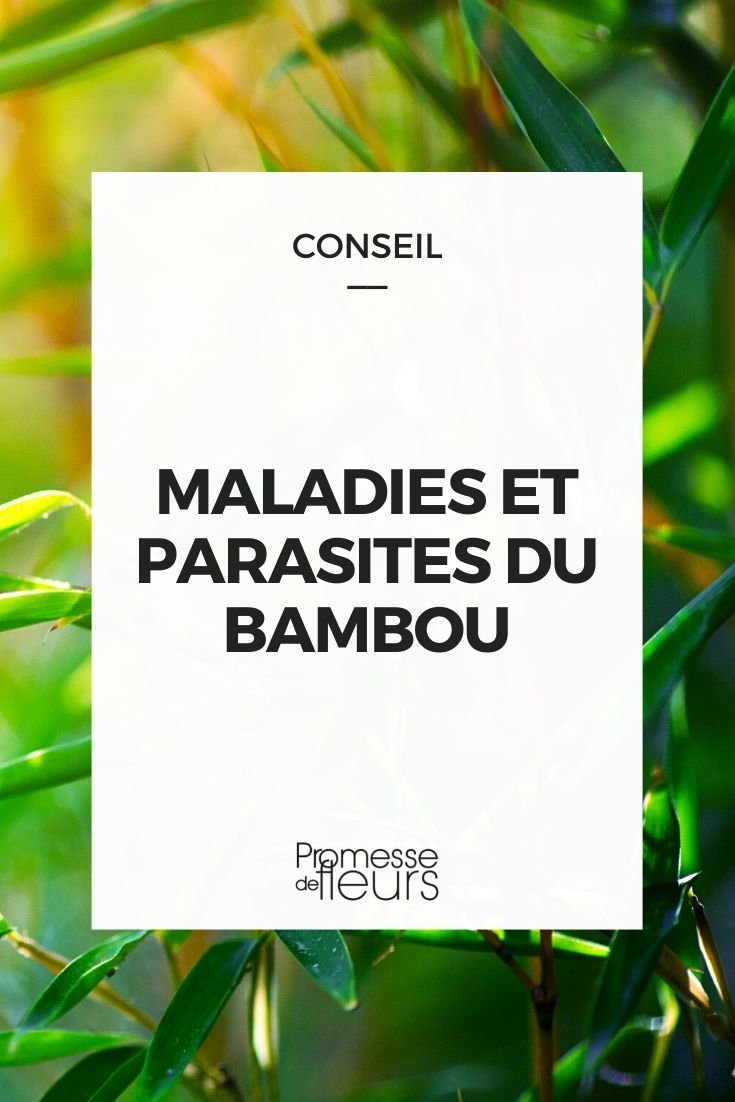































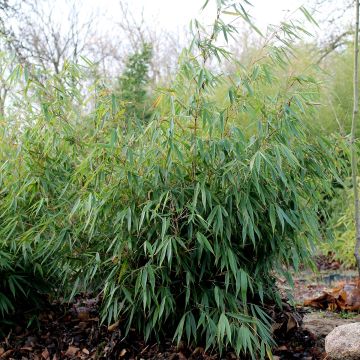
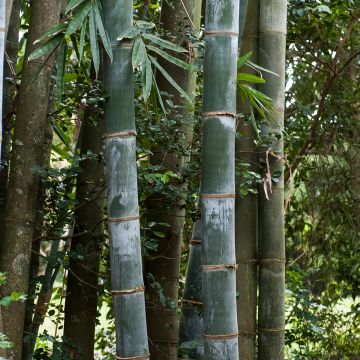
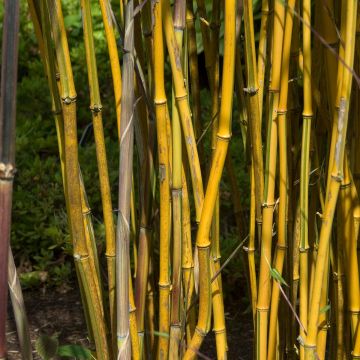
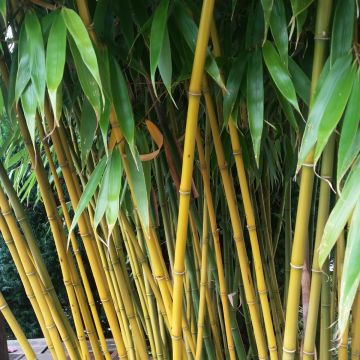
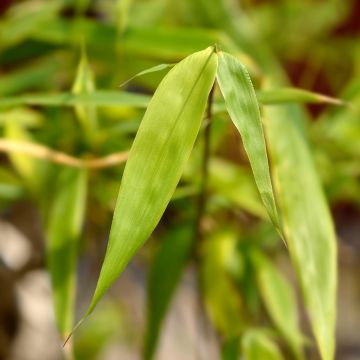
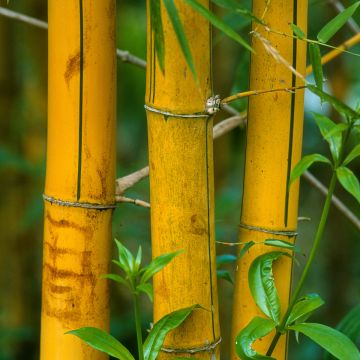
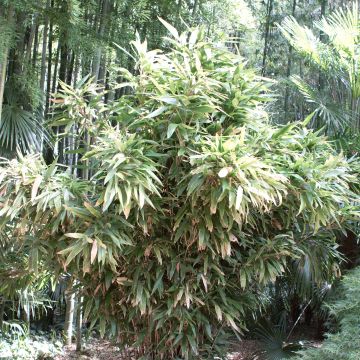
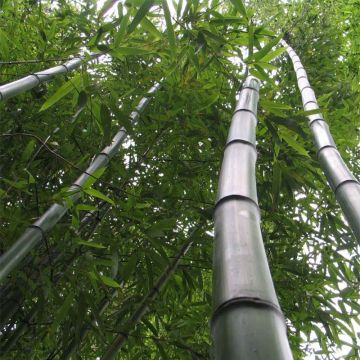
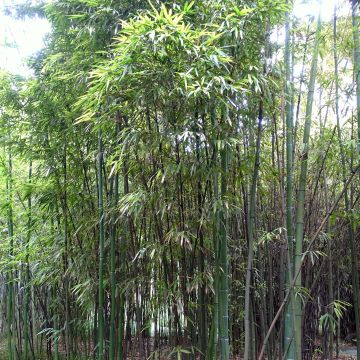

Comments